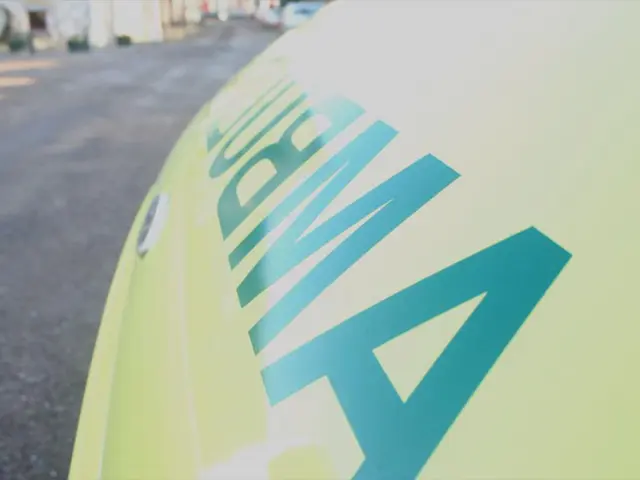China Imposes New Regulations on Autonomous Vehicle Declarations in Response to Fatal Xiaomi Accident
In the wake of a fatal accident involving a Xiaomi SU7 electric sedan, China has taken significant steps to strengthen the regulation of advanced driver assistance systems (ADAS). The Chinese Ministry of Industry and Information Technology (MIIT) has issued new rules aimed at ensuring the safety and transparency of ADAS technology.
Tightened Testing Protocols and Safety Measures
In April 2025, MIIT convened a meeting with automakers, including Tesla, BYD, Leapmotor, and Huawei, urging tighter testing protocols, clear system boundary definitions, and strict safety protocols for ADAS. The new regulations explicitly prohibit exaggerated or misleading advertising of these systems [1].
Revised Evaluation Regulations and Safety Redundancy Effectiveness
The China New Car Assessment Program (C-NCAP) is revising its 2025 evaluation regulations to include a "safety redundancy effectiveness" scoring item. This will include quantitative criteria such as the anti-interference capability of sensors and the system’s fault tolerance under conditions like heavy rain, e.g., maintaining radar detection beyond 80 meters. These standards are currently open for public and manufacturer review [2].
Stricter Controls on Software Deployment
The State Administration for Market Regulation has proposed draft rules that ban carmakers from deploying untested over-the-air (OTA) software updates or using OTA to mask defects. They require clear consumer warnings about system safety and impose tighter controls on marketing and promotional practices for intelligent connected new energy vehicles (NEVs), which increasingly integrate ADAS technologies [5].
Public Concern over Misleading "Smart Driving" Claims
Media-organized tests following the Xiaomi SU7 incident revealed challenges in system reliability and driver safety, raising public and political debate on ADAS capabilities and ethics. The Xiaomi SU7 crash reignited public concern over misleading "smart driving" claims [1][2][4].
Impact on the Auto Market and Compliance Costs
Experts believe the new regulations could ultimately prompt a necessary consolidation of China's overcrowded auto market. The new regulations may slow innovation and increase compliance costs for automakers. Companies must now refer to their systems as "combined assisted driving" [3].
The Xiaomi SU7 Incident
The Xiaomi SU7 struck a cement barrier at roughly 97 km/h just seconds after the driver took over from the car's ADAS [6]. The incident resulted in multiple fatalities due to a fire triggered by the impact [7]. Although Xiaomi has not been found at fault, the incident fueled public debate over how driver-assistance features are marketed and perceived [8].
In response to these events, Tesla has started rolling out its Full Self-Driving (FSD) package in China under the rebranded name "Intelligent Assisted Driving" [3]. The new regulations are intended to improve long-term safety outcomes for drivers and pedestrians alike [9]. Emergency updates may need to be treated as recalls or trigger production halts according to the new regulations [10].
References:
- China to tighten rules on driverless cars after deadly crash
- China's New Car Assessment Program (C-NCAP) Revises Evaluation Regulations
- Tesla Rolls Out FSD Package in China Under New Name
- China's Xiaomi SU7 Crash: A Wake-Up Call for the Auto Industry
- China Proposes New Rules for OTA Updates and Safety Warnings
- Xiaomi SU7 Crash: What We Know So Far
- Xiaomi SU7 Crash: Multiple Fatalities Reported
- Xiaomi SU7 Crash Fueled Public Debate Over Autonomous Driving
- New Regulations Aim to Improve Safety Outcomes for Drivers and Pedestrians
- Emergency Updates May Trigger Recalls or Production Halts
- In light of the Xiaomi SU7 incident, the China's Ministry of Industry and Information Technology (MIIT) has extended regulation beyond ADAS, proposing stricter controls on software deployment in intelligent connected new energy vehicles (NEVs), including over-the-air (OTA) updates.
- As the automotive industry integrates more technology and finance, the China New Car Assessment Program (C-NCAP) has revised its evaluation regulations, introducing quantitative criteria for sensors' anti-interference capability and system’s fault tolerance under conditions like heavy rain, ensuring the safety and transparency of ADAS technology.




